Linda Hufford: A Rehabber Comments on “Collecting” Rare Birds
10,000 Birds
OCTOBER 23, 2015
He said the federal government’s and Alaska’s state rules were, for the most part, okay; they were consistent and generally made sense for the safety of both humans and wildlife, and in many respects, coincided with his own views of protecting the native environment. Can a dead bird educate the researcher on its song?






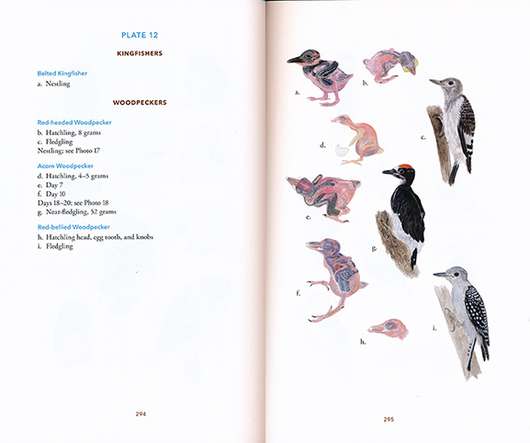
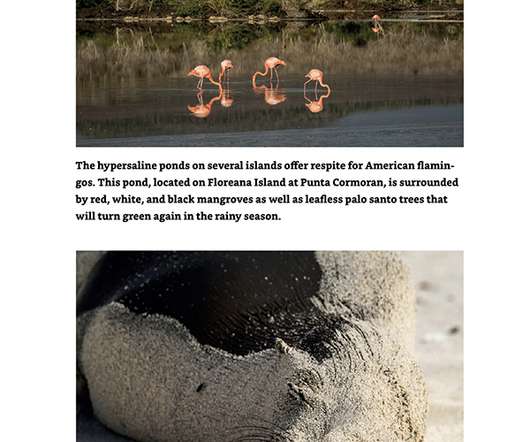
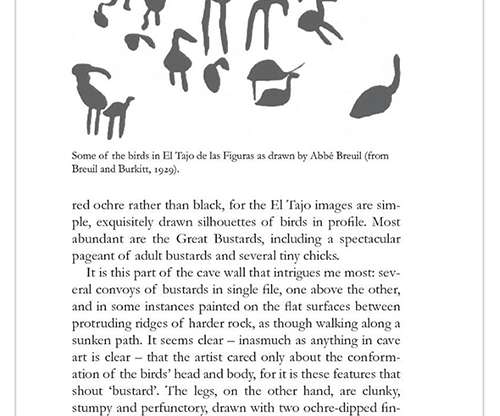
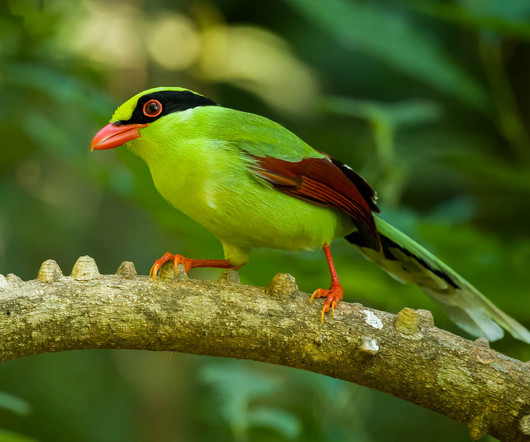


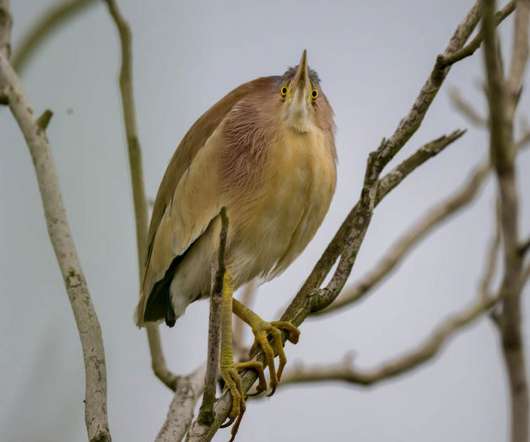


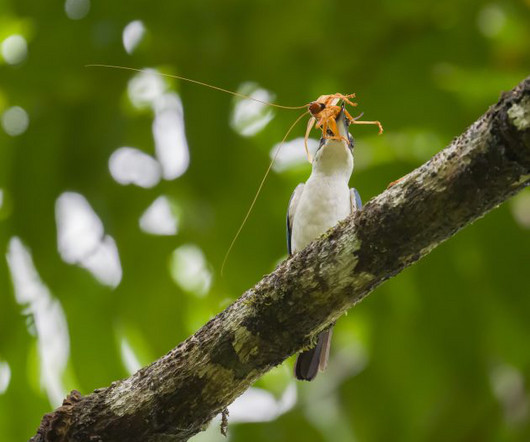
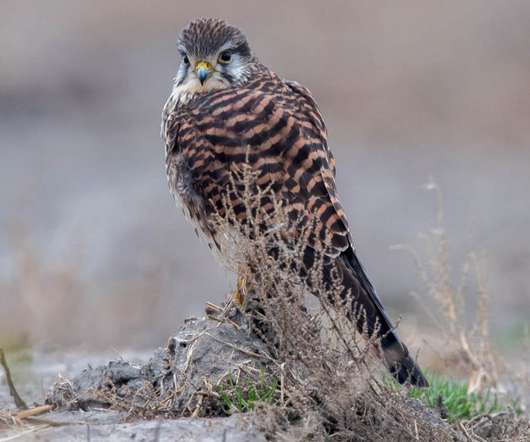

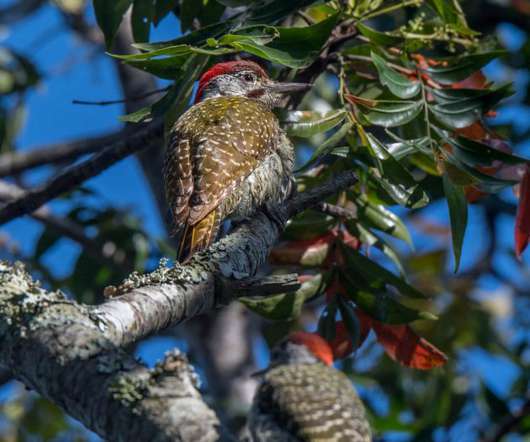


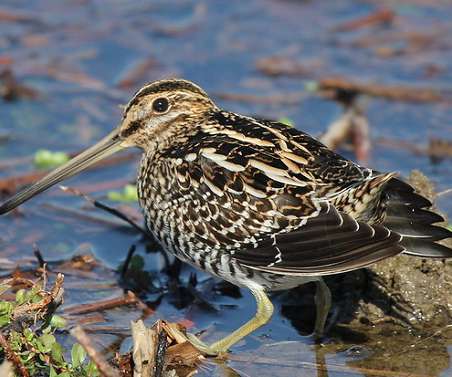











Let's personalize your content